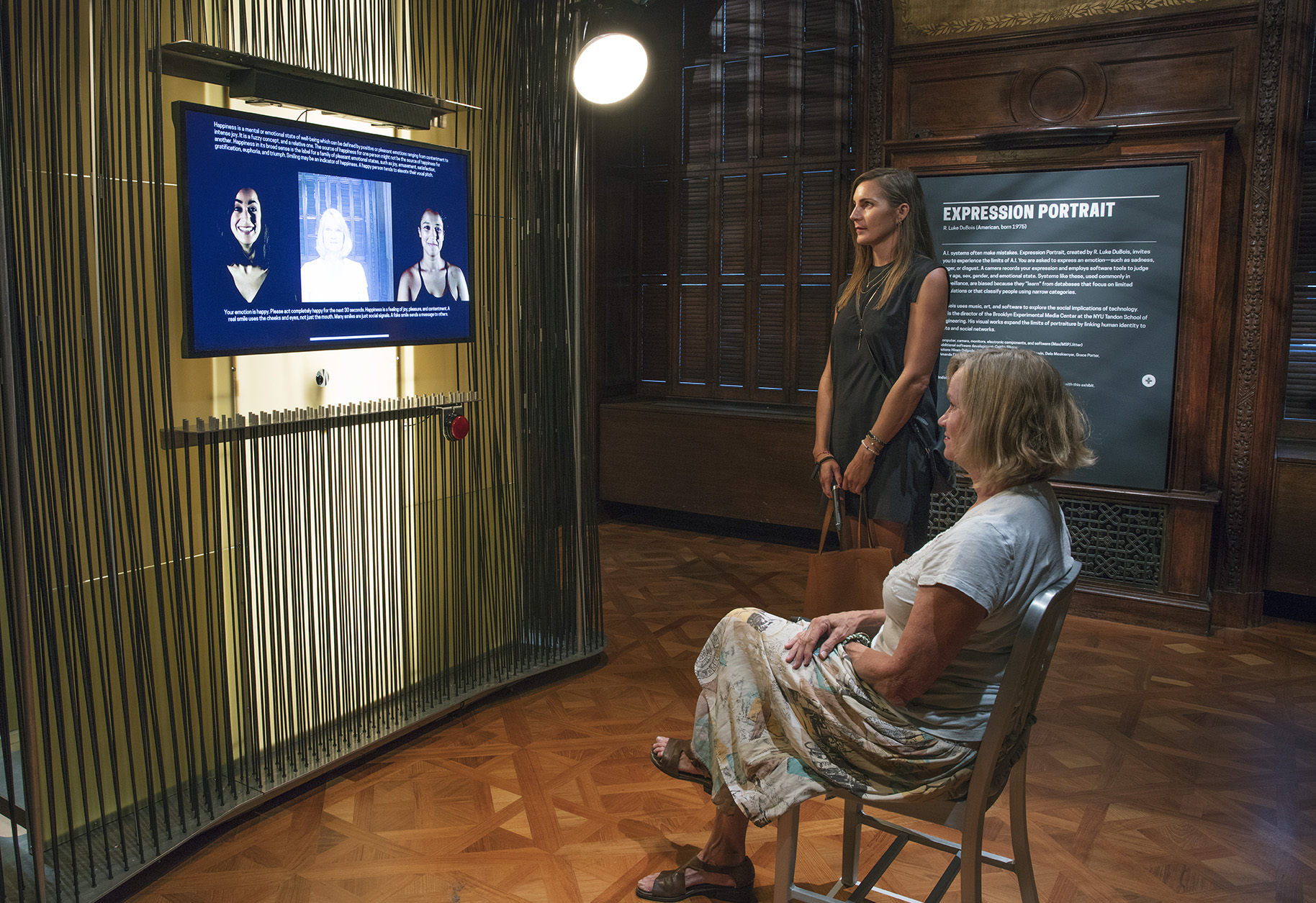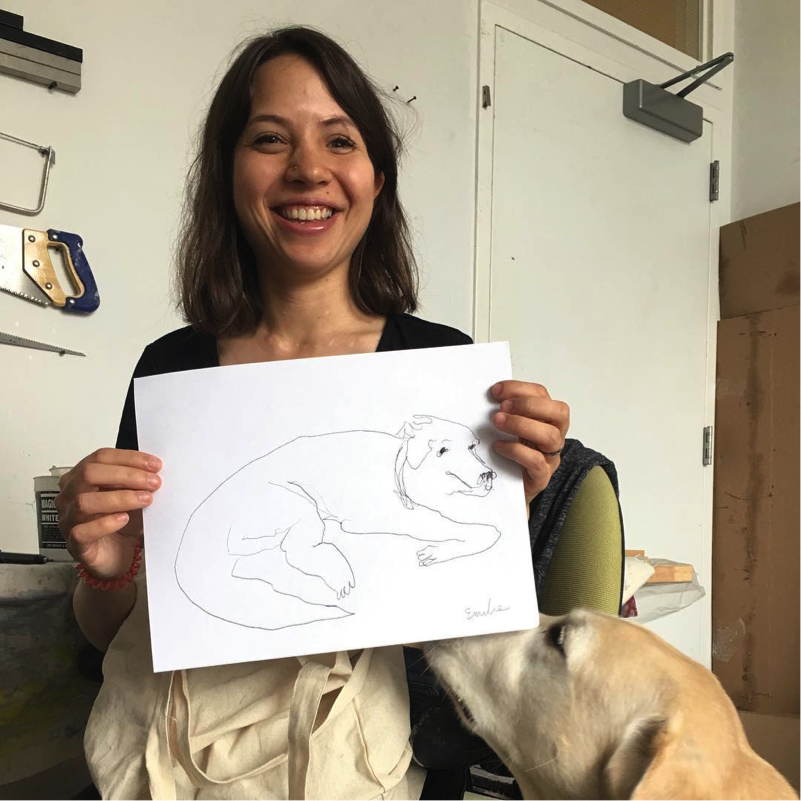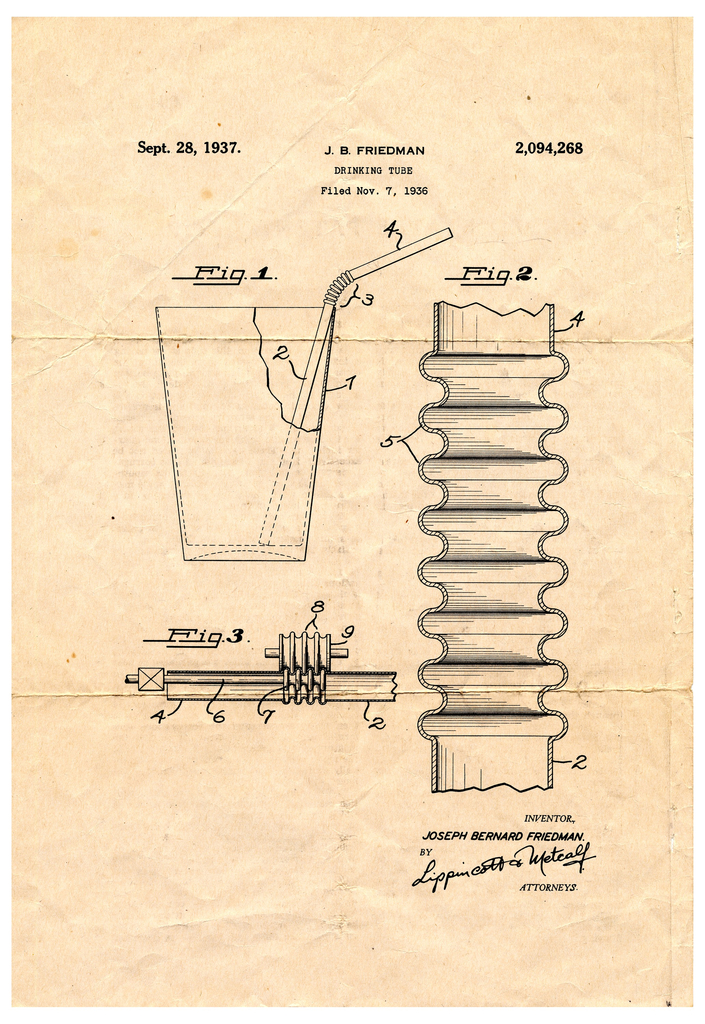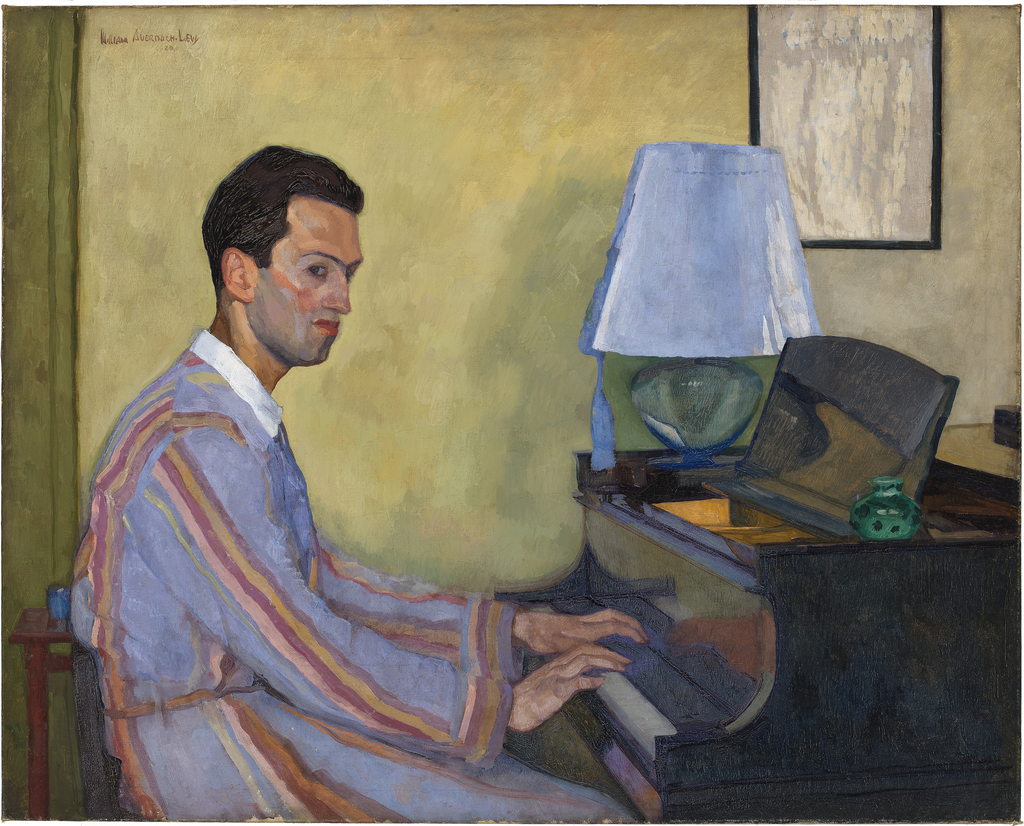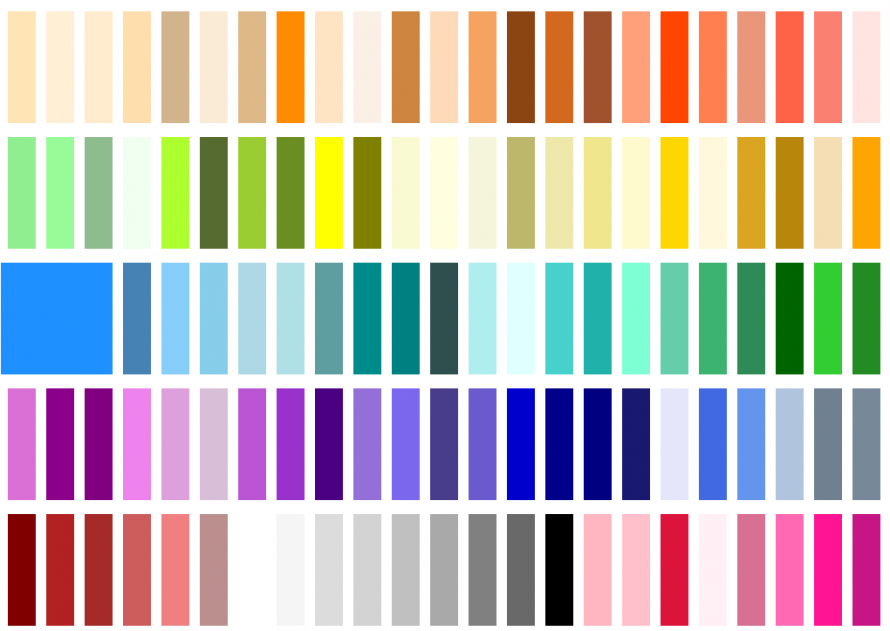Written by Wahleah Johns Access to electricity is a human right, essential to people’s health, security, and livelihoods. Of the 20,000 families in the United States without access to electricity, three-quarters live on the Navajo Nation. Despite their lands providing fossil fuels that have powered the West for 50 years, these families have been left...
Written by Tatiana Schlossberg To those of us who don’t design anything, it’s easy never to think about design at all. If the design is good, then we probably don’t even see it because it’s too intuitive or easy to use or we are too distracted by the elegance or beauty to imagine that a...
An interview with Joanna Aizenberg and Donald E. Ingber of the Wyss Institute for Biologically Inspired Engineering at Harvard University.
Artist R. Luke DuBois discusses artificial intelligence and his installation Expression Portrait in the exhibition Face Values at Cooper Hewitt.
Leading figures in design, transportation, and technology share their perspectives on the future of mobility.
Autonomous vehicles, electric cars, and ride-sharing applications are disruptive innovations that hold unknown outcomes for society.
Written by Jeffrey Mansfield Set in picturesque Casco Bay in southeastern Maine, Mackworth Island is a peculiar knob of land. It is a place I have known since I was a child: to the Deaf community it is known for The Governor Baxter School for the Deaf, to the locals for its hiking trails and...
Written by Walei Subray Born in Egypt and raised in New York City, I’m a classic New Yorker. The only difference about me is that I drag a 58-inch black cane across the streets and sidewalks. That’s because I was born with a progressive eye condition called retinitis pigmentosa. As a child, I could see...
Written by Steven Landau As a company of designers and producers of tactile maps and models, Touch Graphics, Inc. usually focuses on products that communicate spatial information through the sense of touch for use by visually impaired students and museum visitors. Occasionally, the company develops tools to support blind artists and scientists. One of our...
Written by Claire Kearney-Volpe In 2016, Mayor Bill de Blasio and the New York City Mayor’s Office for People with Disabilities presented the Ability Project with the ADA Sapolin Award for their “fearless and innovative approach to developing tools that will improve the lives of people with disabilities.” The Ability Project builds relationships and designs...
A pioneer of inclusive design, August de los Reyes looks at the innovations inspired by loved ones.
Ryan Maloney, Directory of Education and Programming at the National Jazz Museum in Harlem, connects the themes found in The Jazz Age: American Style in the 1920s with the musical culture in Harlem at the time.
James Stalzman of the Manhattan School of Music discusses the musical pieces he paired with particular objects from The Jazz Age: American Style in the 1920s.
Brooklyn-based graphic design studio Other Means discusses designing the book that accompanies the exhibition and their approach to "American" design.
Just before joining Cooper-Hewitt (C-H) I clocked a lot of time on its newly revealed collections portion of its website. Searching the database of more than 115,000 objects using the “random” search function became my favorite method of choice. I felt as if I were mining for treasure, with each attempt sure to land on...



